One sink or two? Single bowl or double? Determine which setup works best for you

The first mass-produced sinks were single-bowl. Although they fell out of favor after the introduction of double- and triple-bowl models, they’ve recently made a comeback due to the popularity of large apron-front sinks. Personally speaking, I prefer a single-bowl sink because I like to cook pretty elaborate meals and find a large, single bowl makes it easier for me to wash large pots, pans and cutting boards. In its depths I can also hide dirty dishes that I may not have had time to wash prior to guests arriving.
The obvious downside to a single-bowl sink is that it’s not a very good multitasker. For those who primarily hand-wash their dishes, it’s not as easy to wash, rinse, drain and dry dishes with just one sink bowl at hand. I remedy this by keeping a dishpan in one side of my sink. I can wash small items in it and fill it with soapy water for wiping down countertops, appliances, etc. But it’s easy to remove if I need to use the full basin.
Another negative is that it’s more difficult for two people to simultaneously use a single-bowl sink for two different tasks, such as draining pasta and washing hands.
The single-bowl sink is best, then, for those who regularly have large items to wash and don’t mind the limitation of not being able to perform multiple tasks simultaneously in the sink.
2. Single-Bowl Sink With Countertop Drainboard
Here’s a fantastic feature for a single–bowl sink that makes hand-washing dishes a bit easier and neater. An in-countertop drainboard allows you to wash, rinse and then set things aside to dry, all while keeping the water contained. These grooves, called runnels, are cut into the countertop and angled to drain runoff water back into the sink. It requires a fairly soft and fully water-resistant countertop material — such as soapstone — to fabricate, but it really expands the functionality of a single-bowl sink.
One downside to the double-bowl sink is that neither bowl is very big. This makes it awkward for washing large items. One way to get a bit more sink area and still have the flexibility of a double bowl is to pick a sink that has unequally sized bowls: one larger and one smaller.
Often, the smaller bowl is also more shallow, so this is where the garbage disposal is mounted. This gives you more space under the sink and disposal because the latter can be mounted higher. However, I’ve heard some homeowners complain that the small sink ends up not being very useful and they wish they had a large single bowl or two separate sinks instead.
With a triple-bowl sink, you can wash and rinse your dishes and still have another sink free for other tasks. This beauty takes up quite a bit of real estate, though, because you lose a good bit of usable base cabinet space to accommodate such a wide sink and its plumbing. A triple-bowl sink is best for a generously sized kitchen where more than one cook might be prepping the meal.
5. Main Sink Plus a Prep Sink
If your kitchen is big and bustling, perhaps two separate sinks is the way to go. Typically one larger sink (single- or double-bowl) is situated in the main or central area of the kitchen that’s used for most of the cooking and cleaning chores, and a smaller prep sink is placed in a less prominent place for simpler tasks.
Two sinks mean double the plumbing fixtures and a more expensive installation, so that’s an issue to keep in mind if you like this setup.
6. Two Single-Bowl Sinks
This is a great arrangement for a two-cook household. You get the advantages of a single bowl (large, uninterrupted space) but with enough room for two side-by-side people to be prepping food or cleaning up.
Obviously having two large sinks is going to eat up quite a bit of counter space, so make sure you’ll still have ample room on either side of the sinks to make them function well.
7. Two Single Bowls Plus a Third Prep Sink
If you have the need, space and budget for it, this is a sweet setup. I like that two cooks can be working at the main sinks prepping, cooking or cleaning up from dinner, while the kids or guests can wash their hands or fetch a glass of water from the prep sink without being underfoot.
8. Workstation
Relatively new to the market, workstation sinks are quickly gaining accolades for offering innovative multipurpose functionality. Designed with built-in ledges that accommodate movable components such as a cutting board, colander and racks for draining items or drying dishes, workstation sinks allow you to wash, drain, chop, clean and dry over the sink while containing the mess.
It’s an efficient setup if you have limited counter space. Just be sure to get a sink with components that are a useful size for you. A tiny chopping board isn’t going to cut it if you’re cooking for a large crew.
These sinks also require a bit more work to keep clean due to the ledges and square corners that can trap food debris. My advice is to check out, in person, any workstation sink you’re considering purchasing to make sure the size and design work for you.


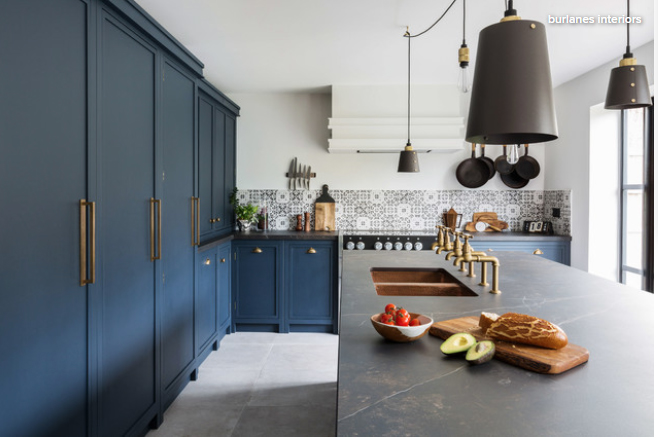
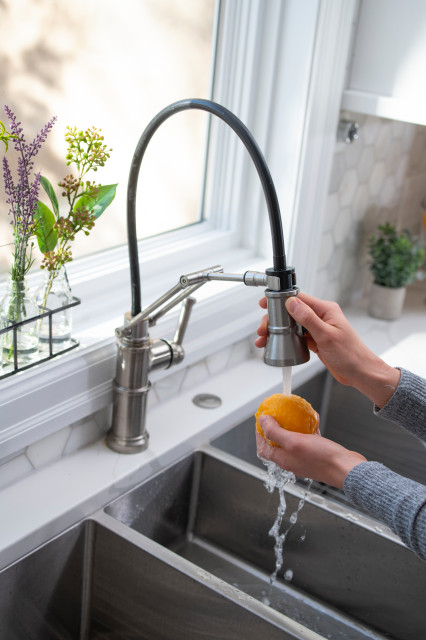
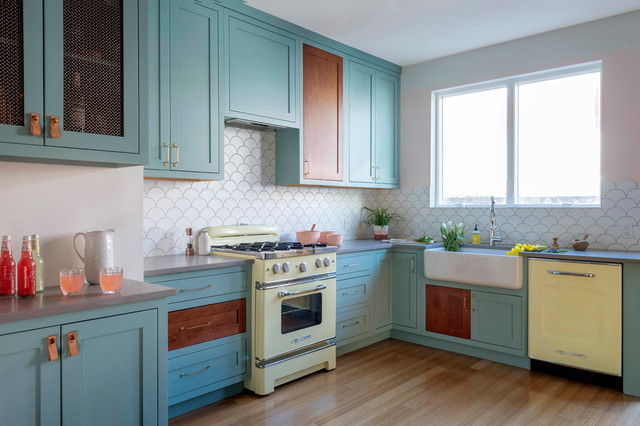
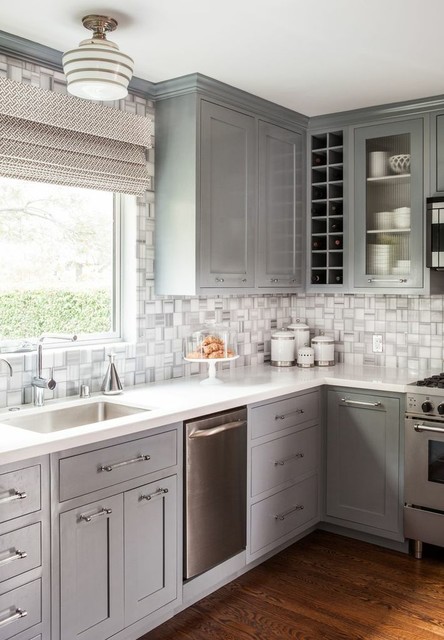

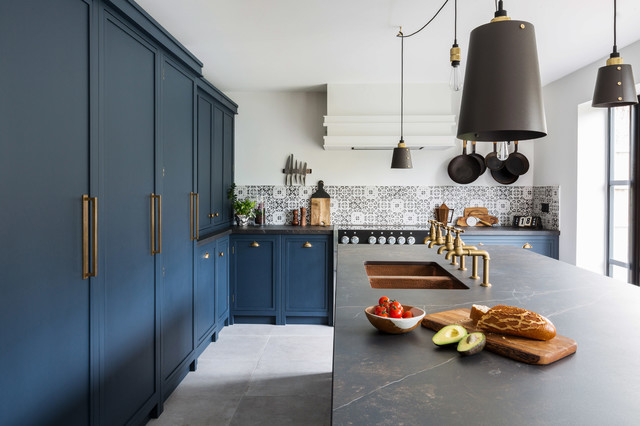
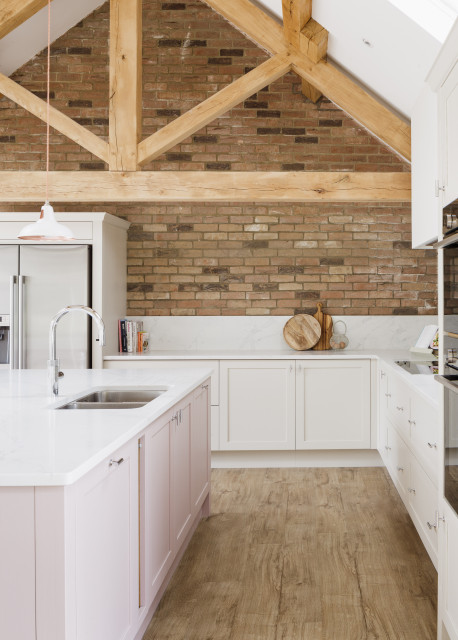
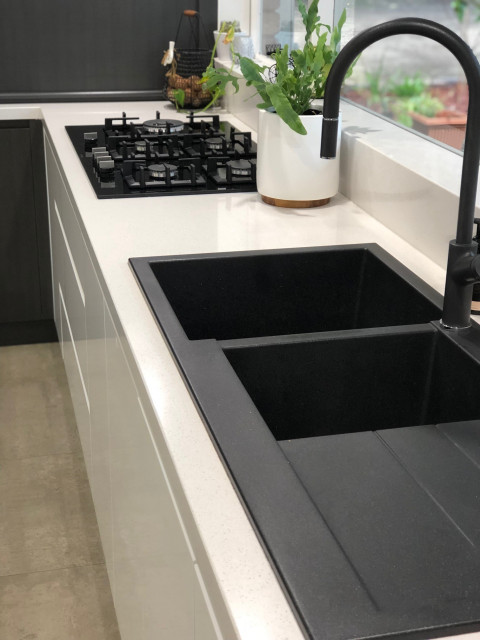
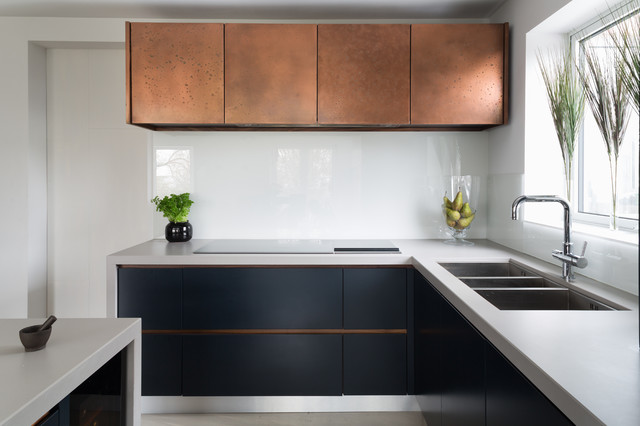
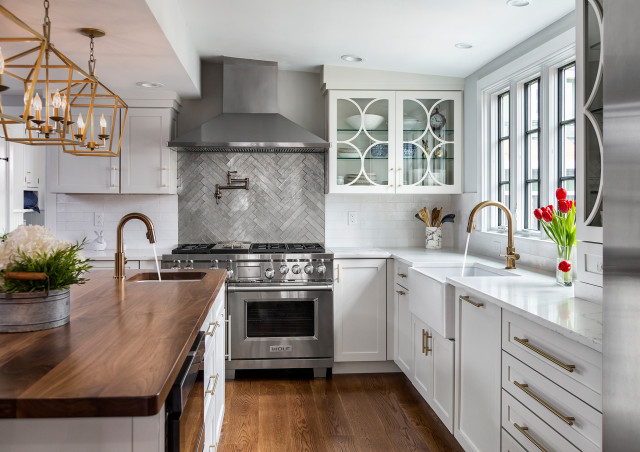
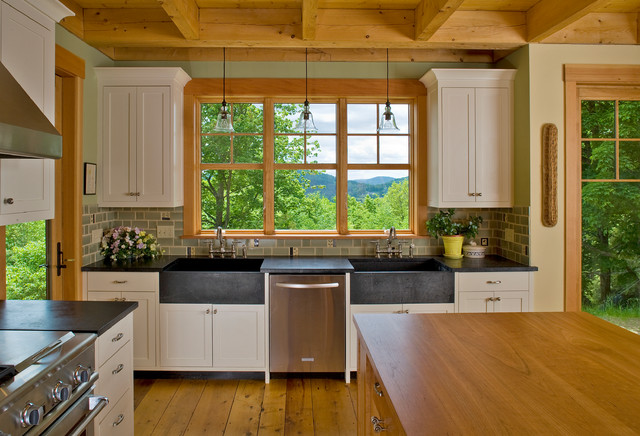
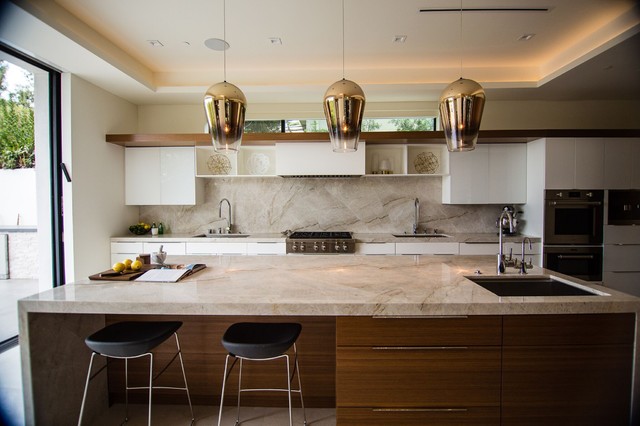


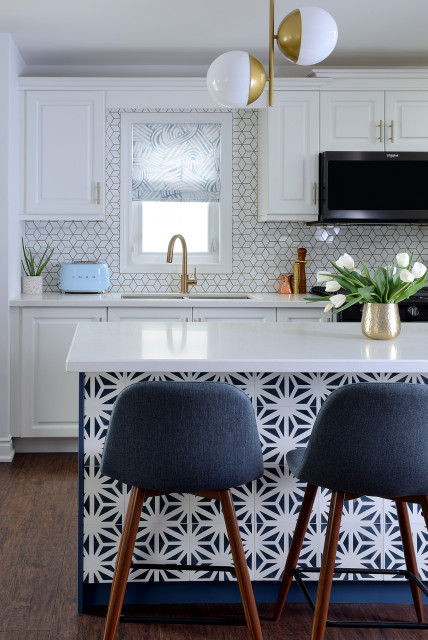
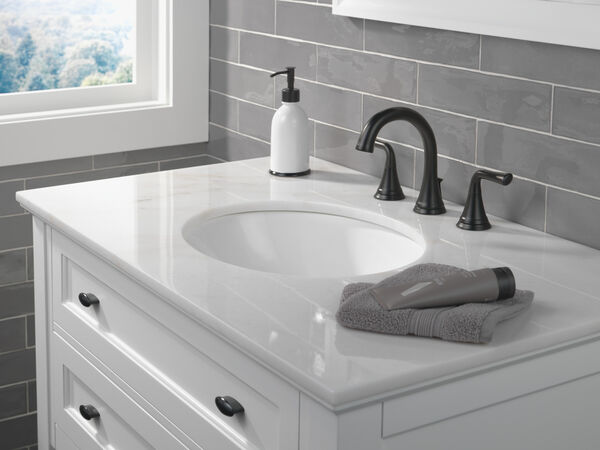
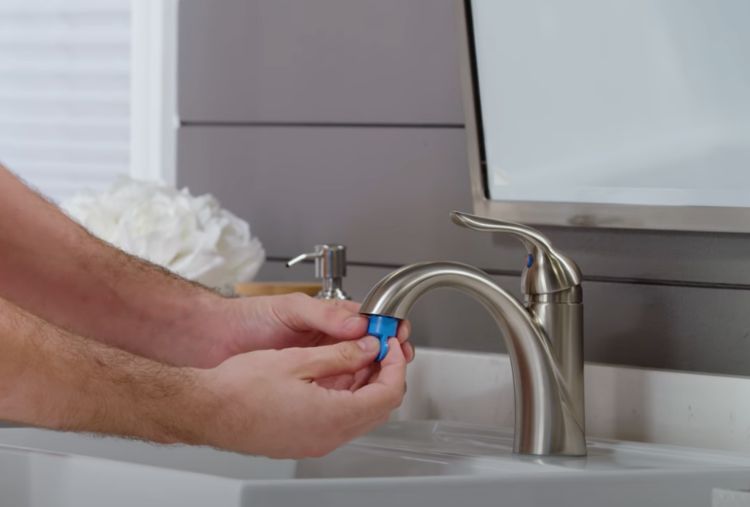
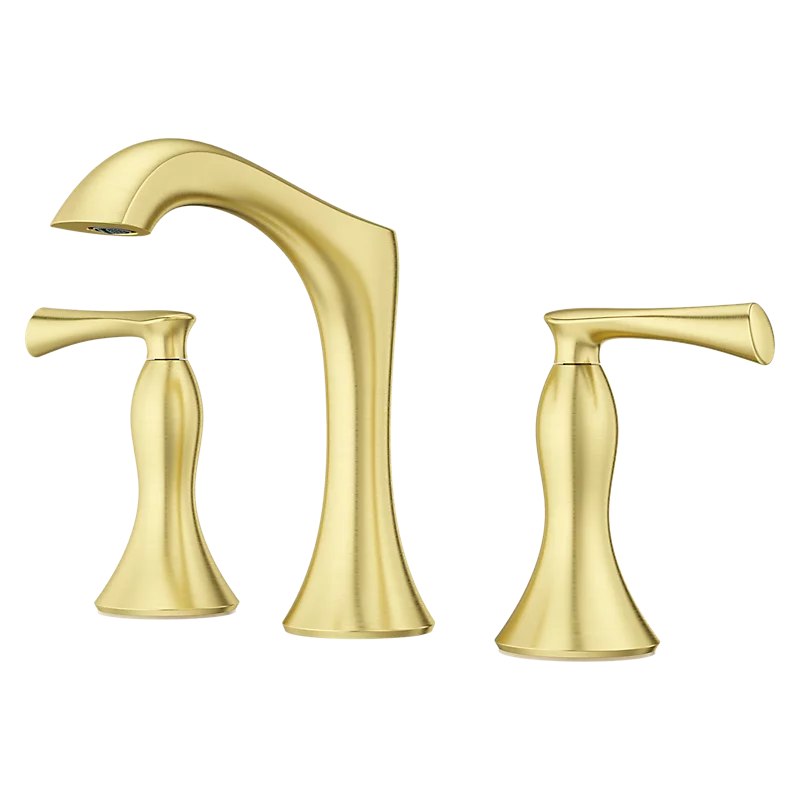
As far as cost goes, two or more separate sinks are obviously going to be the most expensive setup, for the extra plumbing fixtures as well as installation.
Triple-bowl sinks are also typically priced higher than their single- or double-bowl counterparts. But the price ranges for single-bowl versus double-bowl sinks are fairly similar, as cost has more to do with the sink material, mounting type, craftsmanship and size, not necessarily the number of bowls.
Another option is a workstation sink, with either one or two bowls, that comes with modular accessories to streamline your cooking and cleaning game.
We’ve previously discussed kitchen sink materials and installation types. Read on to learn about the various options for sink bowl configuration.